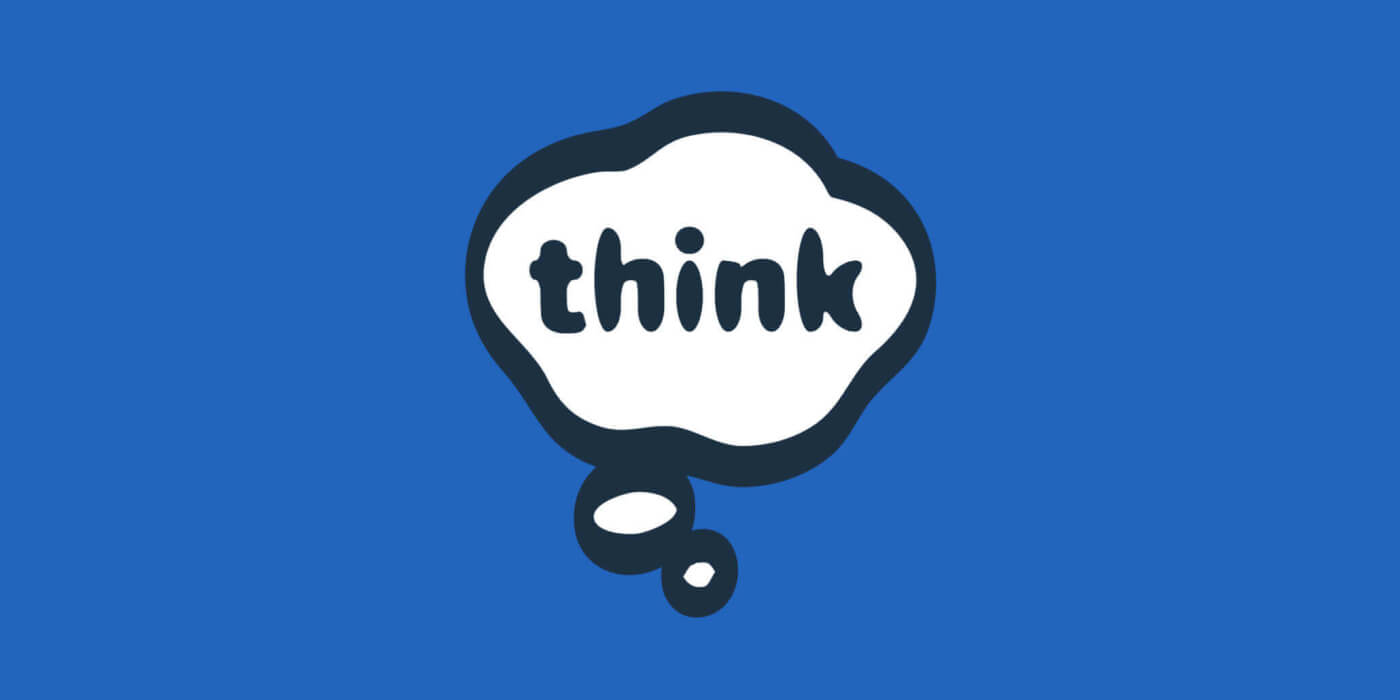Five Tips to Lowering Your Cost of Information

When it comes to data, more is better. The power is in the numbers—right? Maybe, but at what cost? It’s very easy to get excited about the details and forget about the business goals and objectives when collecting, analyzing, and displaying business information.
For every additional question you want to add to a survey or graph on a dashboard, there is a cost—and sometimes at a disproportionate value. The cost of data includes time for respondents to answer a survey question, more data to slice and dice, and more information to wade through before finding answers.
Next time you want to add more questions to a survey or graphs to an interface, ask yourself:
“How will we use this information?”
“What business question is that graph answering?”
“What are we going to do differently with that data?”
To reduce the cost of gathering and a displaying data try these five tips:
1. Define Your Objectives
Clearly document the objectives of the research or data visualization exercise before you start. Have your stakeholders agree on a limited set of questions (no more than a dozen) you want your survey or dashboard to answer. Examples could be:
a. How will demographic information impact our business decisions or marketing efforts?
b. What are end-user communication preferences vs. what do they actually use most often? How do users receive and consume their most valued information on a daily basis?
c. How would our users summarize their current experience in one sentence?
d. What discourages individuals from using our product or service?
e. What could we do differently to increase revenue or use of our product?
Make sure your survey questions or dashboard elements map to at least one of your research goals. In the end, you can also organize your findings based on the goals.
2. Focus on Actions, Not Semantics
Don’t spend too much time on semantics or wordsmithing discussion guides and survey questions. In many cases, if your respondents are representative of the general population, you can save time and headaches testing your survey questions with your colleagues, friends, or family. If they understand the questions, move on.
Remember, no matter how well a question is phrased, people often answer with how they think they should respond. If you have the time and resources, validate your assumptions or survey results by watching what your customers actually do versus say. For example, you could spend many hours trying to figure out how information should be displayed on a graph—by day, month, or year—but what really matters is how users want to use the graph or whether they would actually save it to their daily dashboard. A side-by-side usability test posing a real-life scenario and task to accomplish will demonstrate what users actually do.
3. Skip the Ranges. Create Patterns of Values With Data Results
To improve accuracy, ask for specific values versus ranges. With a specific value, data analysts can slice and dice generations or age bands any way they want, reducing time spent on arguing who falls into Generation X versus Y. For example, ask the respondent’s age with a pick list ranging from 18 to 100+. The same rule should be applied when asking for monetary amounts, like “how much did you spend on X last year,” or “what is your household income?” If you want to know how much individuals spend monthly on a digital service, you might be tempted to ask for a range like: $0, $1–10, $11–25, $26–100, and $100+. However, if a significant number of users answer $100+ you will have no idea if they spent $101 or $1000. Had you asked specific amounts, you could have clustered amounts based on actual respondent answers rather than categorizing based on assumed ranges.
If your organization uses standard ranges for age, income, salary, etc. you can group the responses into those categories. But if the raw data doesn’t use ranges, it is easier to regroup your findings to match other industry reports, competitive research, or other sources where you don’t have access to the raw data.
4. Don’t Recreate the Wheel. Reuse Research
Do your homework. Reduce your cost by using data that already exists. If your product or service is like many others, there is a good chance similar research exists and can be found with some basic web browsing and cross referencing. Use existing research as a baseline, a model to validate hypotheses, or for questions that others found most indicative. Historic data can also help you eliminate questions that were not predictive.
5. Ask Actionable Questions
Time is money. The longer the survey, the more likely folks will not complete it. The more incompletes, the more people you’ll have to recruit. Limit surveys to questions that will produce meaningful, actionable results. An example is whether or not to ask if your users are transgender, gender fluid, or another identity. 2011 national research shows 0.3% of the population identify as transgender. Unless this is directly relevant and meaningful to your work or users, it might not be worth asking the question.
When determining the value of a choice, consider asking your participants to rank items or pick just one option out of many, rather than use a Likert scale. While ranking or picking “the best” option takes more time, these tactics force participants to assign a value of importance relative to other things. If you wanted to know where users had the best online shopping experience, you could force a value by asking: “If you could only use one online site to do all of your shopping, what would you use?”, or you could have them rank six online shopping retailers from a list.
Data is King, but You Don’t Have to Become a Pauper
Next time you start a research project to gather information about your customers, consider how to reduce your cost. Actionable information takes time to gather and interpret. Base your scope on clear goals. Speak up and ask, “What are we going to do with this information? What will we do differently based on the results? How will this information help us create user personas?”
Pre-research your own objectives before drafting your survey. Seek other research about your subject, products or services. Re-use what others already paid for. Leverage it to reduce your cost by eliminating questions that haven’t shown any conclusive results.
When writing your survey, keep it simple. Ask straightforward questions with specific values when applicable.
Lastly, put yourself in your participant’s shoes. When you come from a place of empathy (a key component for any design task), you’ll know how tiring it is to answer all of those questions or scroll down that long dashboard. Wait, give those shoes back. Haven’t you ever heard of metaphor?




